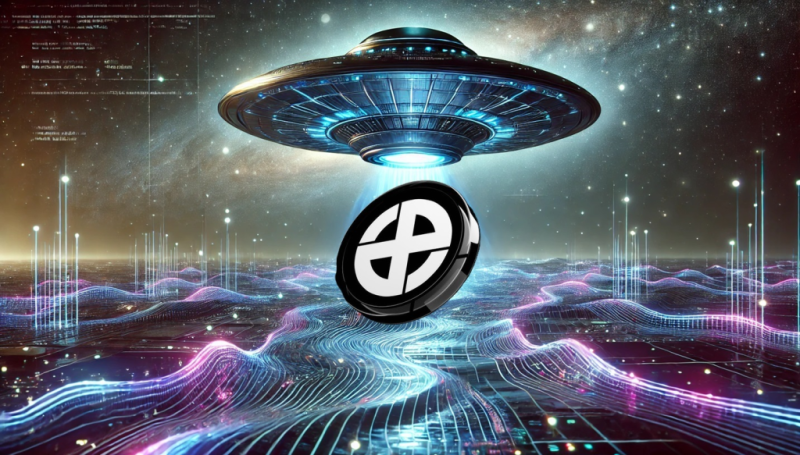XRP ignites fierce debate, charting both reverence and skepticism across the digital currency landscape. Some envision it as the vanguard of cross-border transactions—swift, cost-effective, and miles ahead of traditional methods. However, others cast a wary eye, questioning its intrinsic value and longevity, especially amid Ripple's shadow and the ever-present regulatory fog.

XRP, the third-largest cryptocurrency by market capitalization, has sparked a heated debate within the digital currency landscape, attracting both reverence and skepticism. Some envision XRP as the vanguard of cross-border transactions, poised to revolutionize the financial industry with its swift, cost-effective capabilities. However, others cast a wary eye, questioning XRP's intrinsic value and longevity, especially amid Ripple’s shadow and the ever-present regulatory fog. Yet, despite the controversy swirling around it, XRP remains a high-ranking giant, its price sensitive to ripples of utility shifts.
At the heart of Ripple's mission is its ambition to revolutionize cross-border payments. The company offers RippleNet, a blockchain-based settlement solution designed to make international transactions quicker and cheaper. Within this framework, XRP functions as a bridge, enabling instant currency conversions. This theoretically frees up capital for financial entities otherwise trapped in pre-funded accounts. However, not every Ripple partner finds XRP indispensable; the technology stands on its own, sans the token.
For critics, this duality embodies a major concern. Some question XRP's dependence on Ripple's partnerships and worry whether its market demand stems from practical use or speculative fervor. Equally troubling is whether competitors like stablecoins and central bank digital currencies (CBDCs) could usurp its role. If Ripple's tech advances without XRP, the token's future feels precarious.
Navigating these waters, Ripple persists in expanding XRP's ecosystem, forming alliances with traditional banks and exploring the potential of CBDCs. While these endeavors illustrate ambition, substantial market adoption is yet to manifest. The question looms: Will central banks commit to XRP, or pivot to bespoke digital solutions?
Ultimately, XRP's destiny in 2025 will be shaped by regulatory winds, institutional uptake, and its ability to stay technologically relevant. As Ripple courts new heights, clarity and demand will determine whether XRP soars anew or grapples with existential challenges.
Disclaimer:info@kdj.com
The information provided is not trading advice. kdj.com does not assume any responsibility for any investments made based on the information provided in this article. Cryptocurrencies are highly volatile and it is highly recommended that you invest with caution after thorough research!
If you believe that the content used on this website infringes your copyright, please contact us immediately (info@kdj.com) and we will delete it promptly.






































































